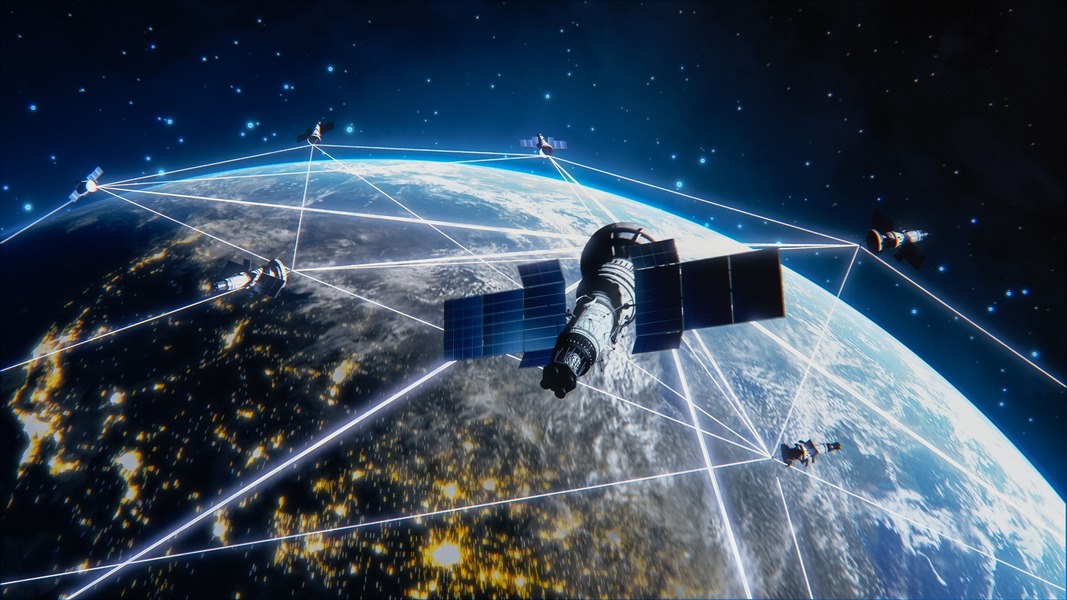
From AI-powered satellites to real-time deforestation alerts, earth observation technologies are changing global climate change monitoring, exposing hidden environmental threats and guiding policies to protect ecosystems from the Amazon forest to coral reefs.
In Brazil, NASA and the European Space Agency (ESA) satellites deliver near-instant illegal logging detection, while ocean-monitoring missions like Sentinel-3 track coral bleaching and oil spills with never-seen-before precision.
“Earth observation doesn’t just show pretty images from space; it’s essential to detect changes invisible to the human eye,” say scientists behind projects like Global Forest Watch. With regular satellite overpasses, NASA and the European Space Agency (ESA) can detect land-use changes, shifts in atmospheric composition, and ocean health.
Earth observation climate data has helped enforce Amazon deforestation laws, providing almost real-time alerts to stop illicit logging. Machine learning algorithms even help refine this data, predicting where deforestation is most likely going forward and advising enforcement.
From tracking deforestation to measuring ocean warming, Earth observation tools, from satellite images to AI analytics, are transforming how we identify and protect endangered ecosystems. They offer satellite-based climate monitoring based on high-resolution data and early warnings, enabling more reactive and data-informed environmental action globally.
Climate Change Monitoring and Biodiversity Through Satellite Data
As oceans face mounting dangers from pollution and climate change, Earth observation is becoming a pillar in ocean conservation. Satellites such as Sentinel-3 and NASA’s Aqua mission track sea temperature, coral bleaching, oil spills, and sediment plumes – a phenomena difficult to monitor from ships or land-based tracking of deforestation.
The coastlines, being particularly vulnerable to erosion and storms, are assisted by remote sensing climate change observation that can quantify mangrove loss, shoreline change, and storm damage, which aids in planning and disaster recovery.
Technology also helps with biodiversity conservation through deforestation monitoring satellites. Although satellites can’t count animals directly, they can monitor habitat integrity, land cover changes, and model species distribution.
In Africa, satellite data maps elephant migrations and predicts human-wildlife conflicts. For oceans, the same data tracks reef ecosystem shifts, and invasive species spread.
“Earth observation offers a complementary, large-scale approach to tracking biodiversity,” highlighted conservation experts. As part of the UN’s post-2020 Global Biodiversity Framework, such data is increasingly used in national environmental reporting and policymaking.
The arrival of earth temperature satellite tracking and AI promises even more abundant, more available environmental intelligence. Global cooperation through bodies like the Committee on Earth Observation Satellites (CEOS) enables developing nations, too, to access this revolutionary technology.
Eventually, Earth climate change monitoring is as much a science—it’s becoming a necessary resource for environmental management, allowing humankind to listen to the warning signs being called out by the Earth from above.
Inside Telecom provides you with an extensive list of content covering all aspects of the tech industry. Keep an eye on our Tech sections to stay informed and up-to-date with our daily articles.